Jan 26, 2018
6 - Work
Banner photo : Haying at Feener's Corner, early 1900s. from Lana Veinotte
Background
One hundred years ago, half the population were farmers. Plus all the other jobs they did to make ends meet like working in the woods or getting ice from the lake for refrigeration.
Much of the work was difficult and dangerous. Logging was common and the LaHave was a used extensively for log drives. Check-out this video of a log drive to get a sense of what it was about. A word of caution .... this is a horror movie if you work in Health & Safety!
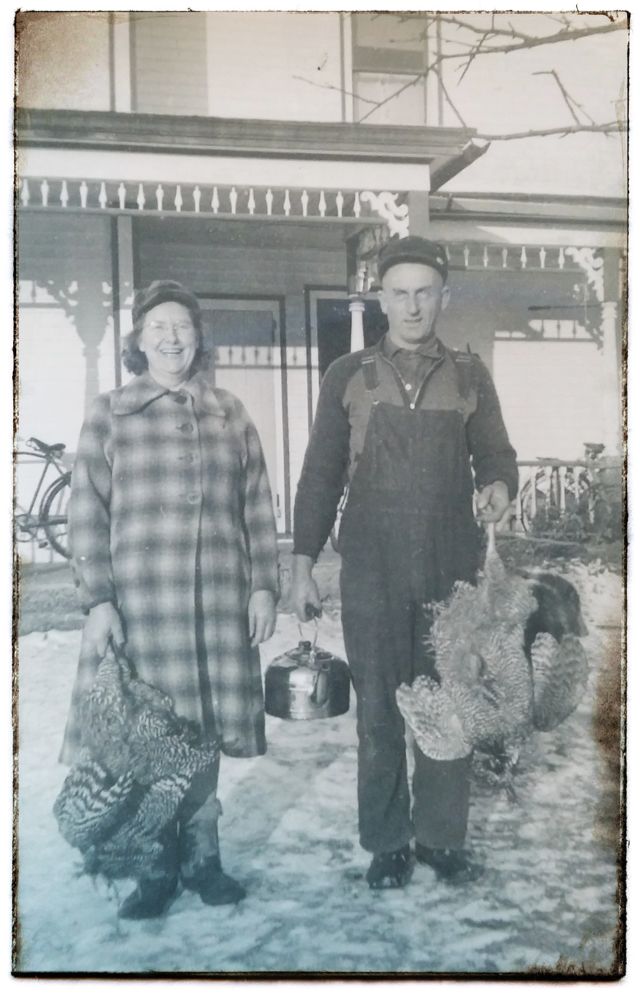

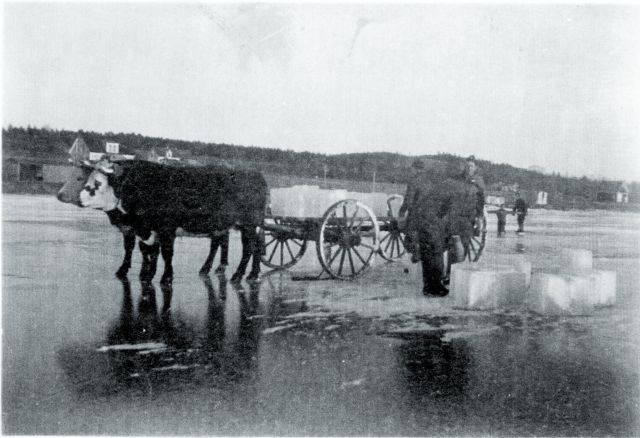
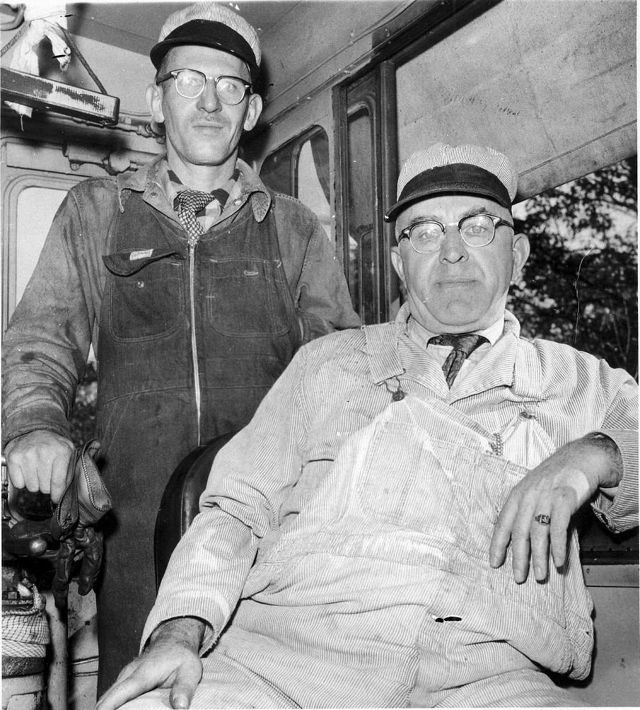
For almost 100 years, Bridgewater was a major hub for the railroad along the South Shore and to the Valley. Many people worked to build it and then to operate and maintain it.
When we asked if any relatives worked for the railroad ...
Charlotte Jenkins wrote ... My late dad was a brake man and later years as conductor from after the war until illness retired him in 1957.
Barbara Ramey wrote ... My grandfather and my uncle worked for the railroad.
And Valerie N Mervin Weagle wrote ... My Grandfather worked for CNR for 50 years and i have fond memories of listening to his stories about his work life. I remember fondly waiting for the train to go by.

Manufacturing had a long history in New Germany with a pulp, stave and shingle mill plus a whetstone manufacturing operation, cheese factory and a straw hat factory.
Philip Spencer writes ... The falls are named for Nathaniel Morgan who ran a lumber and/or grist mill on that spot in the early to mid 1800's
Later, at this location, a pulp mill called the Morgan Falls Pulp Co was already running when it was bought by the Acadia company, established in 1892. Acadia ran 3 pulp mills, this one and 2 others in Queens County.
The company was in trouble in the early 1900s so this mill was sold to Frank and Archibald Davison in 1905, which was soon after they sold their lumber business to Americans.
The name was changed to the LaHave Pulp Company.
Following the death of Archibald Davison in 1927 the company was sold to the New Haven Pulp and Board Co (Connecticut).
The LaHave Pulp Co name was kept until the company was closed down in 1957-58. Today, NS Power has a small hydro-power plant there.
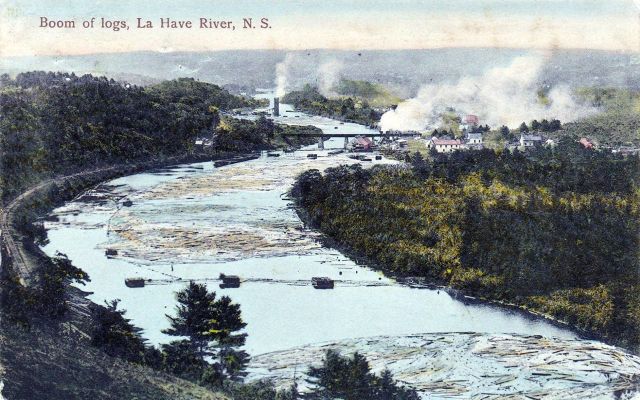
The Davison Lumber Company is fascinating story. They had very large saw mill operations north of New Germany and were extensive users of the railway as well as their two mills along the LaHave in Bridgewater. For more information, check out this site.
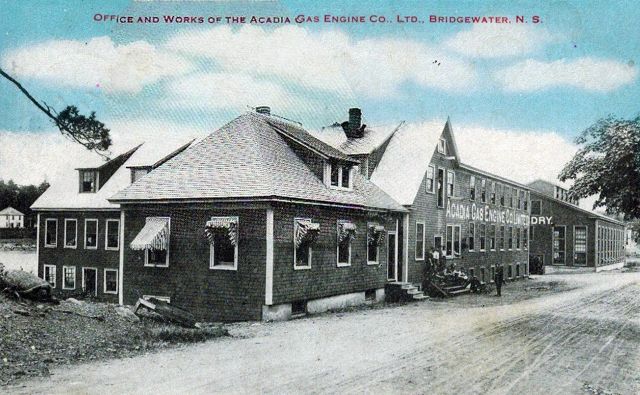
Bridgewater had many manufacturers including the Acadia Gas Engine plant and the game changer -- Michelin Tires that started in 1969.
'Work' Changes
No one works on log drives anymore. And the railroad doesn’t employ anyone locally. So what do people do?
Technology helps people live here and conduct their work with their customers who may be half way around the world.
Many people work in the service sector -- education, health care, legal, medical, retail, etc.
Michelin employs many people at their Bridgewater tire plant.
50 years from now people will wonder 'what did they do way back in 2017???' We asked the readers to let us know what they were up to and here are some of what they said ...
Andrew Button wrote ...I work on several things along the river!
I opened CO3 in February 2016, which is a coworking space for Freelancers, Entrepreneurs, and Independents. The space is on the second floor of a building right on King Street in Bridgewater, overlooking the street on one side and the LaHave River on the other.
I run my other business, Mashup LAB from here, which runs an online Business Incubator and several other entrepreneurship related events.
Our Members include Mind's Eye Creative Consulting & Facilitation, Picnic Studios, a Private Tutoring business, the Operations Manager for Petite Riviere Vineyards, Sid's Cider, and ShipBuilders Cider, a Director of a division of a large software company, Podcasters, Bloggers, Skysail Brand, Social Media Freelancers, the Population Growth Coordinator for NOW Lunenburg County, and SO MANY more cool businesses! #workevolved
NEXT : 7 - Disasters
Questions ... comments ... suggestions???
Please send them through our Facebook Page or the Contact Form on our website
